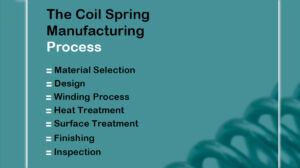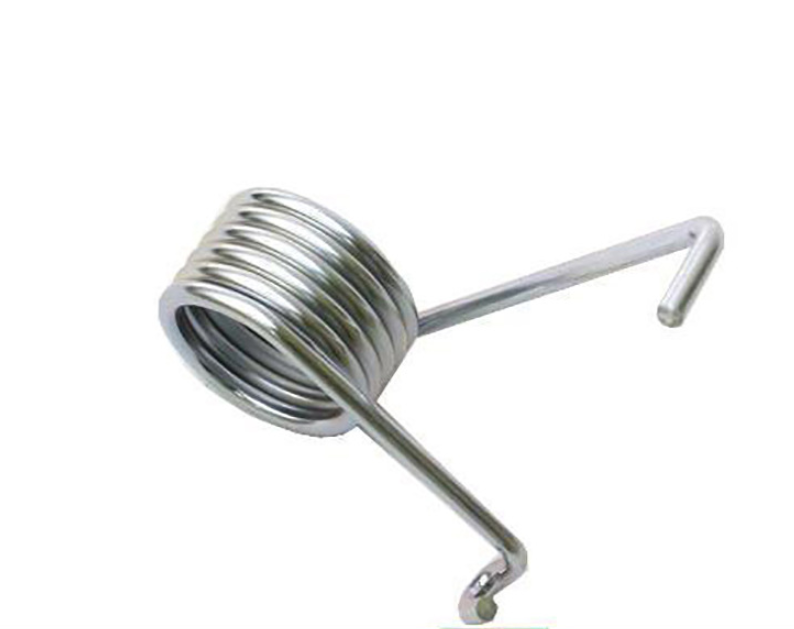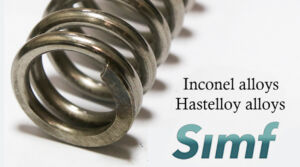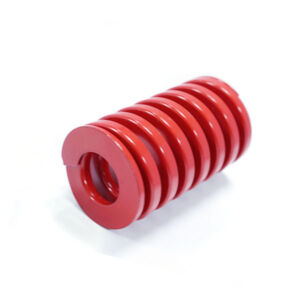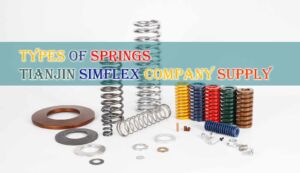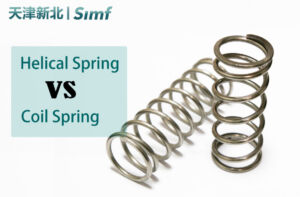Disc springs used in IGBT (Insulated Gate Bipolar Transistor) modules.
IGBT (Insulated Gate Bipolar Transistor) modules often utilize disc springs for thermal management and electrical isolation purposes. These disc springs, also known as Belleville washers, are typically made of metal and are stacked together in a series. In IGBT modules, disc springs are primarily used for: Pressure Distribution: They help distribute pressure evenly across the module’s surface, ensuring proper contact between the semiconductor chips, baseplate, and cooling system. This is crucial for efficient heat dissipation. Thermal Management: By applying pressure, disc springs help improve the thermal contact between the IGBT chips and the heatsink. This reduces thermal resistance and…




